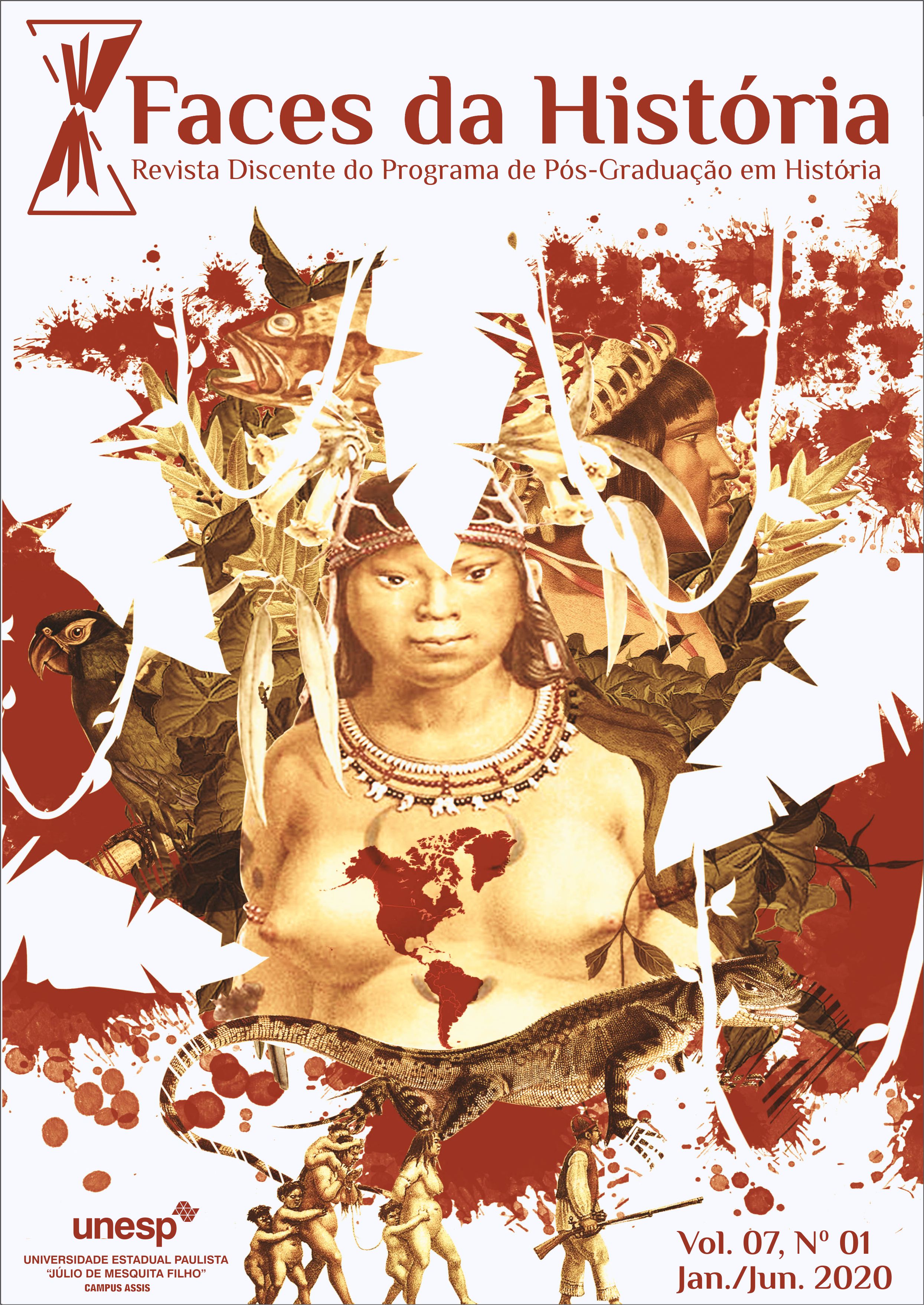Representations of indigenous anthropophagy in Theodor de Bry and Albert Eckhout in the 16th and 17th centuries
Keywords:
representation, antropophagy, theodor de bry, albert eckhout, indigenousAbstract
A vast amount of engravings and paintings were produced in the 16th and 17th centuries to introduce to Europe the native peoples found in Brazil, so unfamiliar to the eyes of the colonizers. Among such works, the image of indigenous anthropophagy received a lot of attention by shocking the European through rituals seen as cruel and savage, evoking the imaginary about witchcraft and its alliances with the demonic. Over the two centuries, representations have changed greatly in content and style, demonstrating different views on indigenous groups and reflecting important elements of European culture. In this paper I will analyze these representations from the Tupinambá anthropophagy engravings by Theodore de Bry and Albert Eckhout's Tupis and Tapuias paintings, considering the elements that make up the works and what they reveal to us beyond the image.
Published
How to Cite
Issue
Section
License
Autores que publicam na Revista Faces da História concordam com a cessão dos direitos autorais dos manuscritos, processo simultaneamente licenciado sob a Licença Creative Commons Attribution (CC-BY-NC), que permite o compartilhamento do trabalho com reconhecimento da autoria e publicação inicial nesta revista. Dessa forma, a Revista Faces da História pode difundir os artigos e trabalhos publicados, em formatos físicos e/ou eletrônicos, incluindo Internet.




